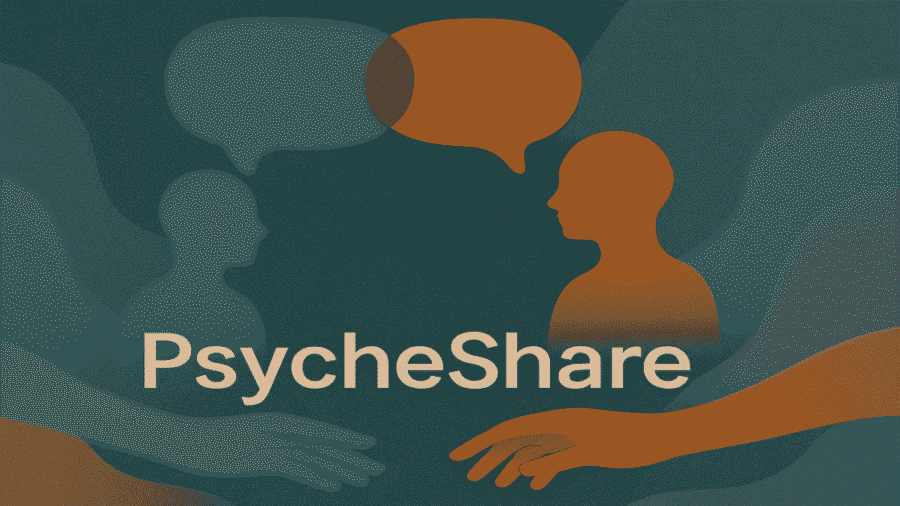In a world where stress accumulates rapidly, through deadlines, difficult conversations, or even scrolling through the news, finding effective ways to calm your body and mind in minutes is not only possible, it is scientifically supported. Quick stress relief exercises, when grounded in neuroscience, can rapidly deactivate the body’s threat response and restore a sense of clarity and control.
In this article, we uncover the brain-body mechanisms that make fast stress reduction possible and show you how to leverage them with intention.
How Stress Hijacks the Brain in Seconds
When your brain perceives a threat, the amygdala triggers an alarm. This small, almond-shaped structure initiates a cascade of reactions:
- Cortisol and adrenaline flood your system
- Heart rate and blood pressure rise
- Muscles tense
- Digestion slows
Your prefrontal cortex, the part responsible for reasoning and decision-making, goes offline. This is why stress can make even simple tasks feel overwhelming.
Understanding this process is the first step toward reclaiming control. According to research from the American Psychological Association, stress reduction techniques that activate the parasympathetic nervous system can return the brain to a regulated state in under 5–10 minutes.
The Neuroscience Behind Fast Calming Techniques
Quick stress relief methods work because they interrupt the stress response and stimulate neural pathways linked to safety, regulation, and emotional balance.
Here are the key mechanisms:
1. Breath and the Vagus Nerve
Deep, slow breathing activates the vagus nerve, which calms the heart and shifts the body into rest-and-digest mode. Studies show even two minutes of controlled breathing can reduce cortisol levels and enhance cognitive clarity.
2. Tactile Grounding and Proprioception
Touch-based techniques—like pressing your feet into the floor, placing a hand on your heart, or holding a weighted object—send feedback to the brain that signals “you are here, and you are safe.”
This taps into proprioception, the body’s awareness of its position in space, which stabilizes sensory input and lowers threat reactivity.
3. Movement and Rhythmic Regulation
Gentle movement (e.g., shaking out tension, walking, or stretching) activates sensorimotor circuits that help discharge stress. Rhythmic motions mimic the regulation seen in rocking or swaying, which soothe the limbic system.
5 Quick Exercises That Work in Under 10 Minutes
- Box Breathing: Inhale for 4, hold for 4, exhale for 4, hold for 4. Repeat 4–5 rounds.
- 5-4-3-2-1 Grounding: Name 5 things you see, 4 you can touch, 3 you hear, 2 you smell, and 1 you taste.
- Progressive Muscle Release: Tense and release each muscle group from toes to head.
- Cross-Body Tapping: Lightly tap opposite shoulders with your hands in a gentle rhythm.
- Nature Visualization: Close your eyes and imagine a calming scene using all five senses.
Each of these techniques leverages neurobiological principles—sensory input, rhythm, and intentional focus—to quickly reduce stress.
Why Speed Does Not Equal Superficial
Some believe that deep healing requires long, intensive sessions. While depth is important, quick interventions can be life-changing in moments of acute stress or overwhelm.
In fact, building micro-practices into your daily routine can prevent chronic dysregulation. According to a 2023 article in Psychological Science, brief, frequent self-regulation exercises increase emotional resilience over time.
Making Quick Calm Part of Your Life
Here are strategies to make these techniques more accessible:
- Set phone reminders to pause and breathe
- Create a calming “anchor” (e.g., scent, object) you associate with safety
- Practice one quick tool before bed or after work
- Use visual or audio cues to guide your practice
Need more ideas? Visit [Proven Techniques to Manage Stress in Under 10 Minutes], where we break down the top fast-acting methods for real-life stress relief.
Final Thoughts: Calm Is Closer Than You Think
Your body is designed to return to balance—and sometimes, all it needs is a cue. Quick stress relief exercises are not shortcuts; they are doorways to deeper regulation. With practice, you build not only momentary calm, but long-term emotional agility.
The next time your day spirals into tension, pause. Breathe. Ground. Move. The science is on your side—and so is your nervous system.



Add a Comment